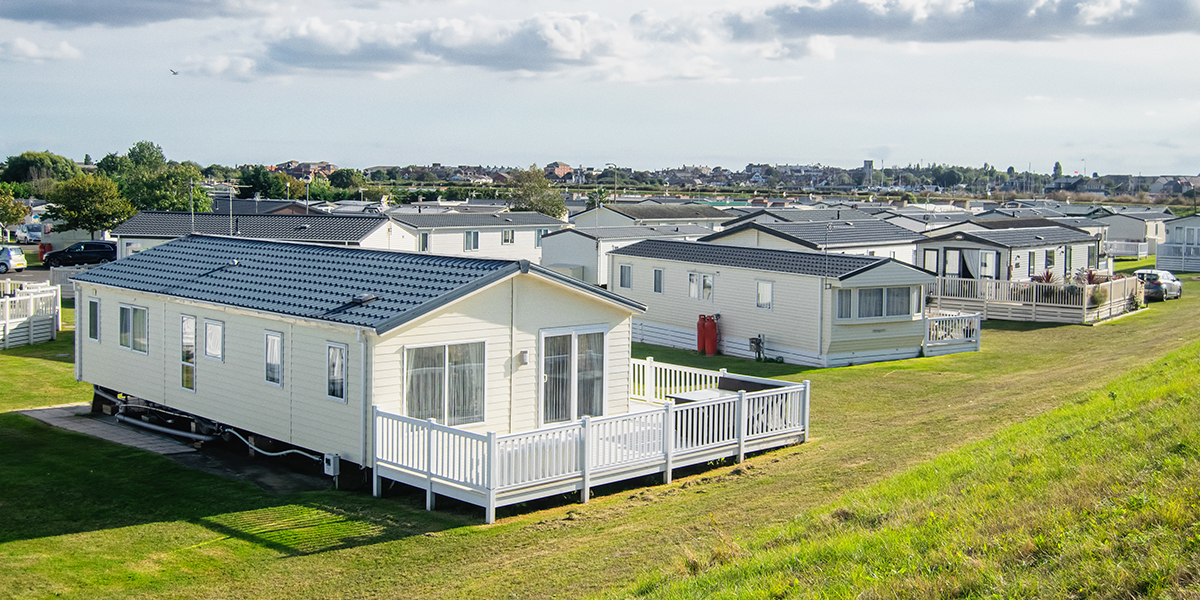 A “how-to” guide on preventing and thawing frozen pipes.
A “how-to” guide on preventing and thawing frozen pipes.
As temperatures drop below freezing around the country, it’s important to be aware of the cold weather’s effect on your water pipes. When temperatures are below freezing, pipes in unheated areas are subject to freezing causing messy, and often expensive issues.
Just one burst pipe running at 4-8 gallons/min can cause tens of thousands of dollars in damage in a matter of minutes.
Water is unique in that it expands as it freezes. As the water in your pipes begins to freeze, the expansion places tremendous pressure on the pipe wall. Regardless of quality and strength, expanding water can cause pipes to break.
The most common pipe freezes occur on those that are exposed to frigid temperatures such as outdoor hose bibs, and water supply lines in unheated interior areas like basements, crawlspaces, and even kitchen cabinets.
Before winter is in full swing, prevent pipe freezing by following these recommendations:
1.) Locate all of your property’s shut off valves and make sure they work.
2.) Drain the water from swimming pool, sprinkler and hose bib supply lines.
3.) Identify any potential problems in areas where pipes may subject to severe cold (outdoor faucets, walls, ceiling, crawl spaces, windows, etc..). Both hot and cold water pipes in these areas should be insulated.
4.) Seal any gaps around the property where cold air may penetrate and come in contact with piping. Even the tiniest opening can let in enough cold air to cause a pipe to freeze.
5.) Consider installing specific products such as insulating domes, pipe sleeves or UL listed heat tape to prevent freezing.
View our interactive winter checklist here.
During days of extreme cold, take preventative action by…
1.) Opening cabinet doors to allow warmer air to circulate around the plumbing.
2.) Allowing cold water to drip from faucets served by exposed pipes. Running water through the pipe helps prevent pipes from freezing.
3.) Keeping the thermostat set to the same temperature (no lower than 55° F) both during the day, and at night. You may incur a higher heating bill, but you can prevent a much more costly repair job from pipe freezing.
In the event of pipe freezing:
If you experience a “no flow” situation:
1.) Turn off the property’s main water valve and leave the faucets open until pipes thaw.
2.) Do not apply open flame, electronic heaters, or hair dryers directly to the piping. Patience and a warm environment are the best way to thaw pipes without causing damage.
3.) When turning the main water valve back on, have one person slowly turn the valve on while another person walks the property to be sure no water is leaking.
If water is flowing, immediately turn off the property’s main water valve and open faucets in the lowest part of the property, i.e. basement laundry sink.
For added assurance, consider utilizing WaterSignal’s breakthrough water monitoring technology. WaterSignal is a self-contained, non-intrusive monitor that continuously reads the water meter and wirelessly sends real-time data to a website portal, allowing the manager to view the property’s water consumption by month, day, or even by hour.
If a major leak occurs, much like an energy surge popping a circuit breaker, the device immediately alerts the manager or engineer that a water spike above the preset limit has occurred. The alert can be sent to both a computer and a smartphone for the manager to act upon, and can be customized for business hours, as well as after hours and weekends.
While the WaterSignal monitoring system can help reduce the catastrophic costs associated with undetected leaks, the data the system collects plays a vital role in the building manager’s water conservation efforts as well.
On average, WaterSignal saves the property 14 percent annually.
For water saving tips, click here or follow us on social media for the latest in water news, tips, and fun facts.
WaterSignal is a green technology company focused on water conservation. WaterSignal measures water flow in real time to detect leaks and monitor domestic meters, irrigation systems, and cooling towers for residential, commercial, multifamily, senior living, medical, schools and colleges. WaterSignal is located in Alpharetta, GA, and currently has operations in 23 states. Follow us on Twitter @watersignal




